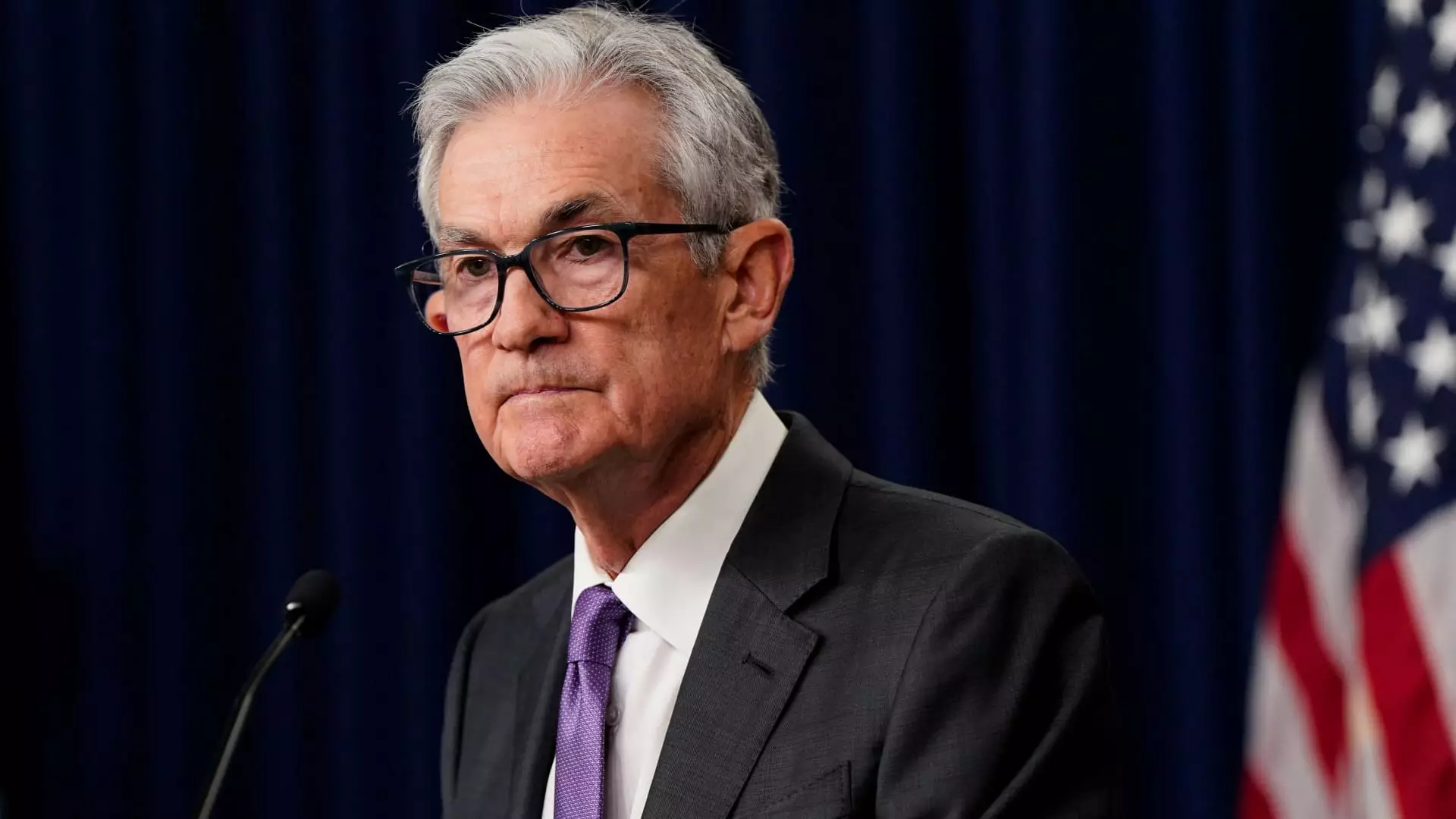Recent economic indicators have led to a shift in expectations regarding the Federal Reserve’s plans for lowering its benchmark rate. Initially thought to be considering multiple cuts before the end of the year, the central bank now seems unlikely to make any immediate moves. Friday’s strong jobs report and a faster-than-expected increase in the consumer price index in March have contributed to this change. The rise in inflation, which has remained stubbornly high, is believed to be a key factor keeping the Fed from taking action.
Market sentiment has also shifted, with futures market pricing reflecting a decreased probability of a rate cut in June. Previously, expectations were high with nearly 80% likelihood of a rate cut, but this has now dropped to less than 20%. The increased inflation data since the beginning of the year has made top Fed officials more cautious about easing policy. Federal Reserve Chairman Jerome Powell emphasized that with the economy still growing steadily and unemployment rates low, a measured approach towards interest rates is preferred.
Mark Higgins, senior vice president for Index Fund Advisors, warns against the dangers of allowing inflation to persist. Drawing parallels from historical events, Higgins points out past mistakes made by the Federal Reserve that continue to influence their decision-making process today. He highlights instances from the 1930s and the 1970s when the Fed’s actions concerning inflation led to significant economic downturns. Reflecting on these historical lessons, Higgins suggests that the central bank needs to tread cautiously and avoid repeating past errors.
The potential risk of loosening monetary policy prematurely is a major concern for experts like Higgins. While modern financial regulations and deposit insurance might mitigate the likelihood of a banking crisis, the risk of triggering inflation remains a key consideration for the Fed. Higgins points to the late 1960s as a critical period when the Fed’s early easing measures eventually led to prolonged high inflation in the 1980s. This historical precedent underscores the importance of maintaining a vigilant stance on inflation control.
Federal Reserve Chair Jerome Powell’s cautious approach to interest rate adjustments is influenced by historical events like the era of Paul Volcker in the early 1980s. Powell aims to prevent a resurgence of inflation by avoiding premature policy changes. By acknowledging the challenges faced by past Fed chairs, Powell emphasizes the need for gradual adjustments to policy to ensure long-term economic stability. This strategy is aimed at avoiding the need for drastic measures in the future to correct inflationary pressures.
The Federal Reserve’s decision-making process is informed by both current economic data and historical precedents. The central bank’s reluctance to lower its benchmark rate reflects a cautious approach to managing inflation and ensuring economic stability. By learning from past mistakes and adopting a measured stance on interest rates, the Fed aims to avoid potential pitfalls that could lead to economic downturns. As economic conditions continue to evolve, the Federal Reserve remains committed to maintaining a balanced policy approach that prioritizes long-term stability over short-term gains.

